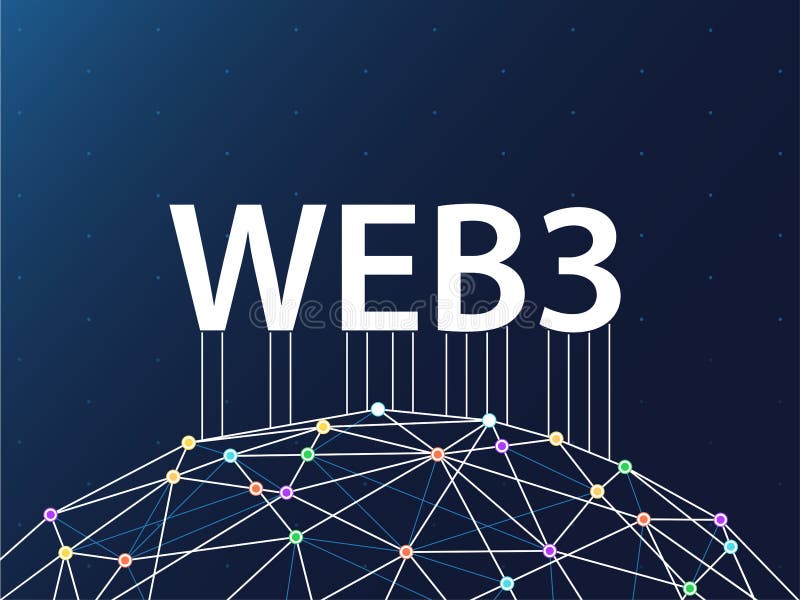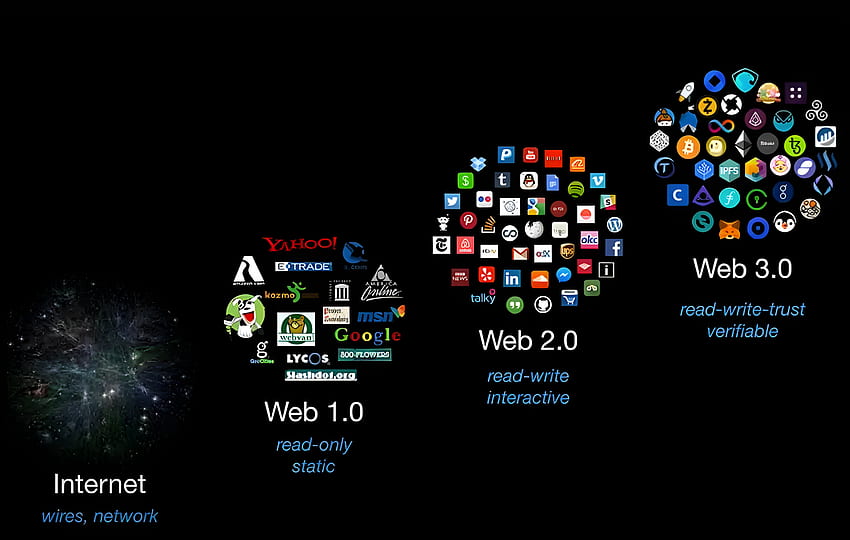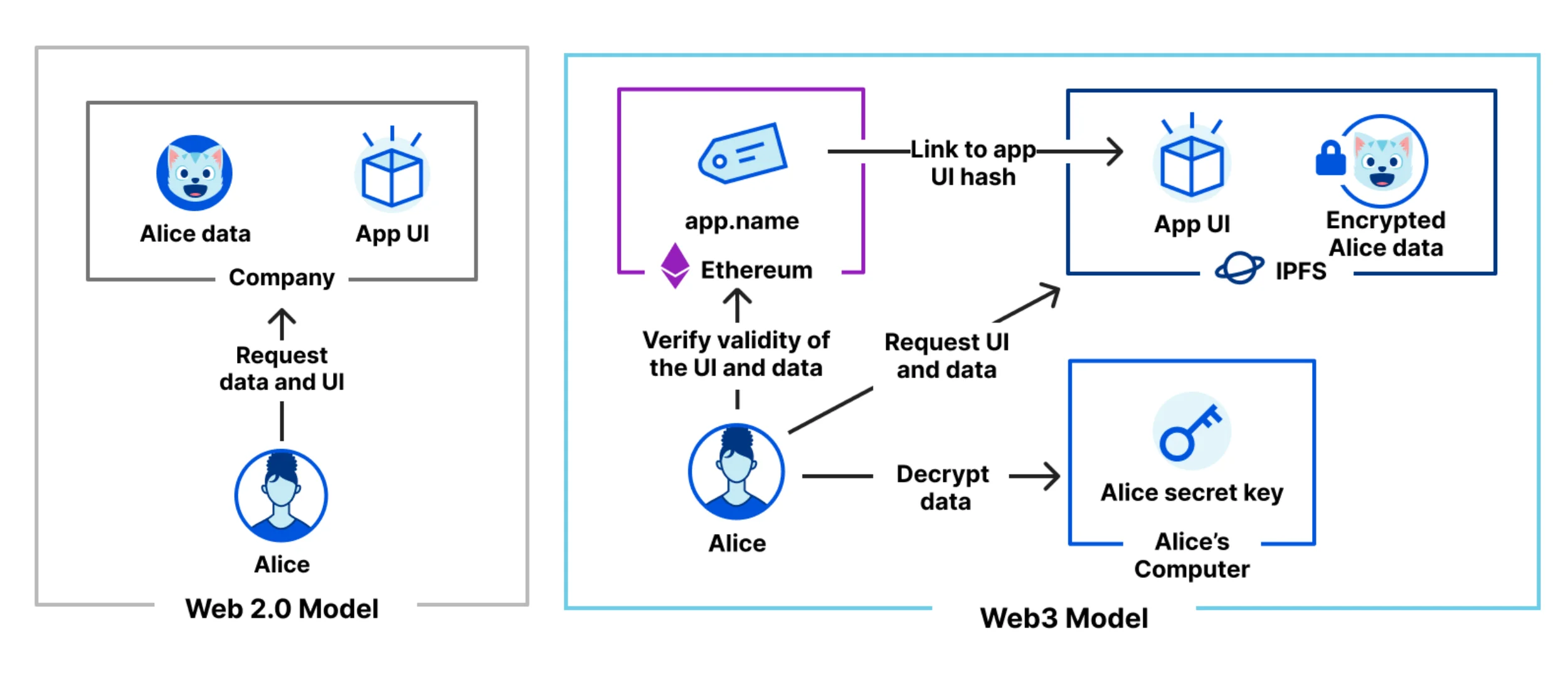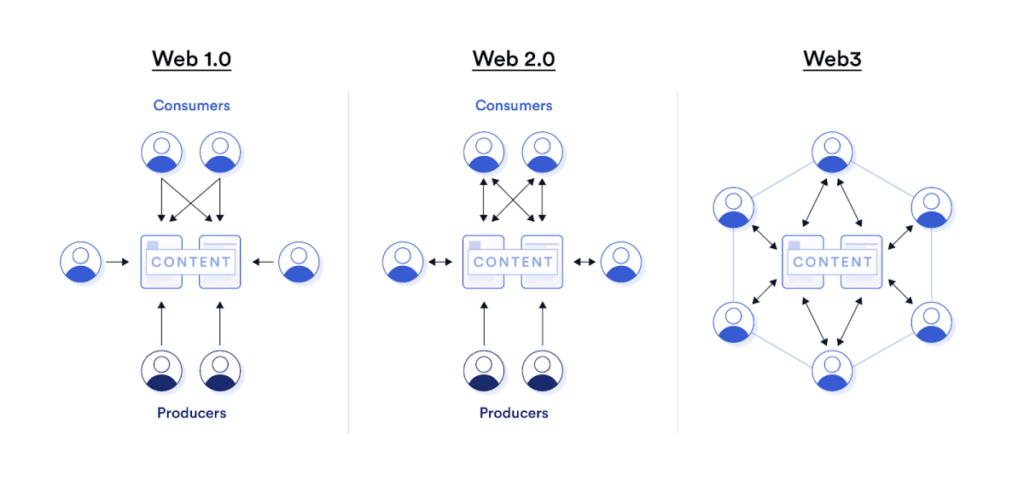WEB 3.0
THE WEB 3
Web3 (aka Web 3.0)
Web3 (aka Web 3.0) is the idea of a new iteration of the World Wide Web that incorporates concepts such as decentralization, blockchain technology, and token-based economics. Some techies and journalists have compared this to Web 2.0. In Web 2.0, data and content are centralized in a small group of companies sometimes called "Big Tech". The term "Web3" was coined by Ethereum co-founder Gavin Wood in 2014, and in 2021 the idea sparked interest among cryptocurrency enthusiasts, tech giants and venture capital firms. However, it was in his 2013 that the concept of Web3 was first presented.Some have expressed concern about the concentration of wealth in the hands of a few investors and individuals, and the loss of privacy due to increased data collection. People like Elon Musk and Jack Dorsey argue that Web3 only works as a buzzword or marketing term.
Background
History of the World Wide Web and Web 2.0
Web 1.0 and Web 2.0 refer to historical periods in which the World Wide Web evolved through various technologies and formats. Web 1.0 roughly refers to the period from 1989 to 2004. At that time, most websites consisted of static pages and the majority of users were consumers rather than content creators. Web 2.0 is based on the idea of 'his web as a platform', with a particular focus on user-generated content uploaded to forums, social media and network services, blogs, wikis, etc. It is widely believed that Web 2.0 started around 2004 and continues to this day. the termWeb3 differs from Tim Berners-Lee's conception of the Semantic Web in his 1999, in 2006 Berners-Lee described the Semantic Web as a component of his Web 3.0, which is his definition in the context of blockchain. Not what Web3 means.The term "Web3" was coined by Polkadot founder and Ethereum co-founder Gavin Wood in his 2014 to refer to a "decentralized online ecosystem based on blockchain." In 2021, the idea of Web3 became popular. There was a particular surge of interest towards the end of 2021, driven primarily by interest from crypto enthusiasts and investment from prominent technologists and companies. Executives from venture capital firm Andreessen Horowitz traveled to Washington, D.C., in October 2021 to defend the idea as a possible solution to the problem of internet regulation grappling with policymakers.
Concept
Specific visions for Web3 differ, and the term has been described by Olga Kharif as "hazy", but they revolve around the idea of decentralization and often incorporate blockchain technologies, such as various cryptocurrencies and non-fungible tokens (NFTs). Kharif has described Web3 as an idea that "would build financial assets, in the form of tokens, into the inner workings of almost anything you do online". A policy brief published by the Bennett Institute for Public Policy at the University of Cambridge defined Web3 as "the putative next generation of the web's technical, legal, and payments infrastructure—including blockchain, smart contracts and cryptocurrencies." According to Liu, Zhuotao, et al (2021), three fundamental architectural enablers of Web3 were identified as a combination of decentralized or federated platforms, secured interoperability, and verifiable computing through distributed ledger technologies.Some visions are based around the concept of decentralized autonomous organizations (DAOs). Decentralized finance (DeFi) is another key concept; in it, users exchange currency without bank or government involvement. Self-sovereign identities allow users to identify themselves without relying on authentication systems such as OAuth, which require reaching a trusted party to establish identity. Technologists argue that Web3 will likely run side-by-side with Web 2.0 sites, and Web 2.0 sites will likely adopt Web3 technologies to keep their services relevant.






Comments
Post a Comment